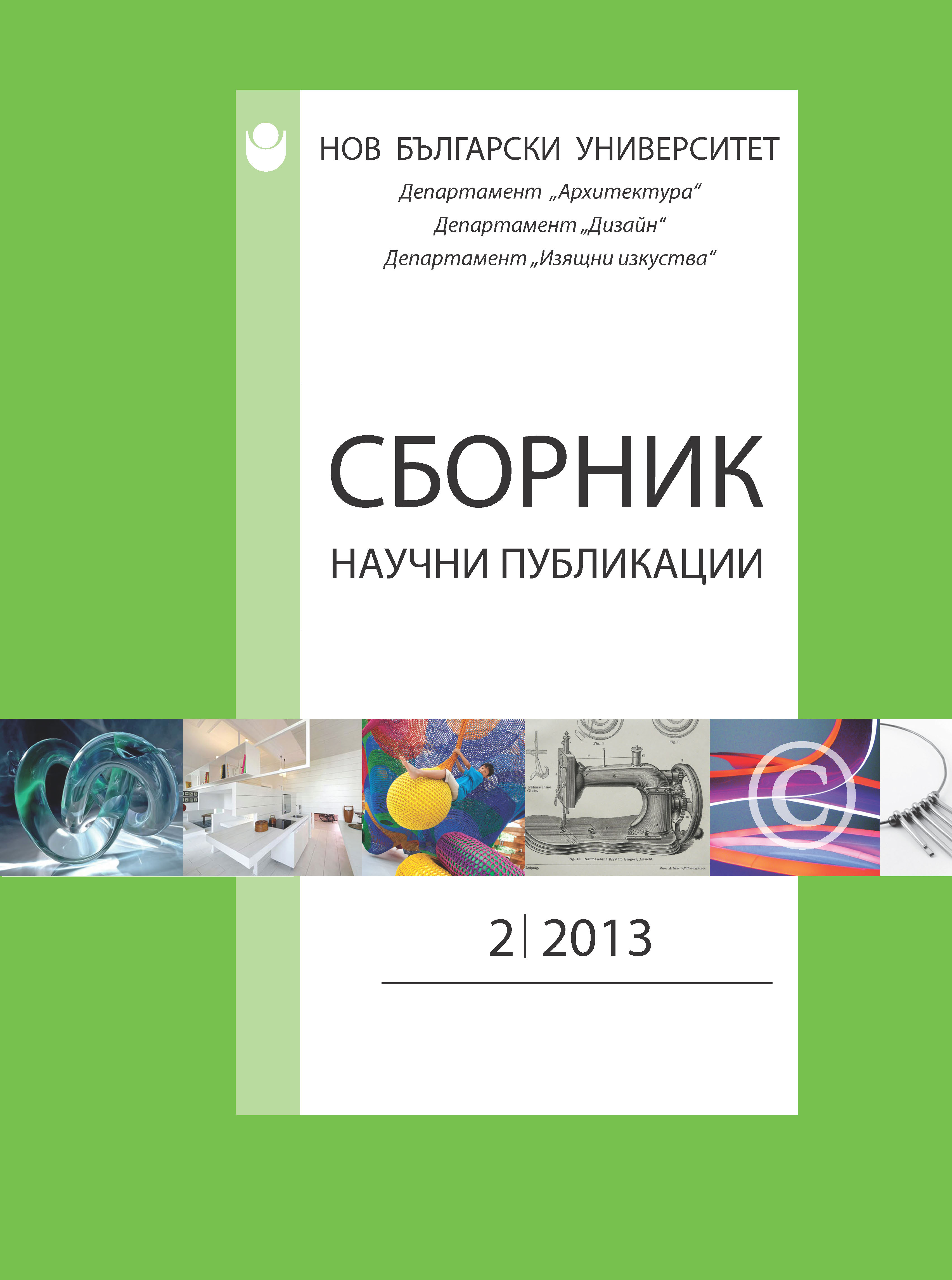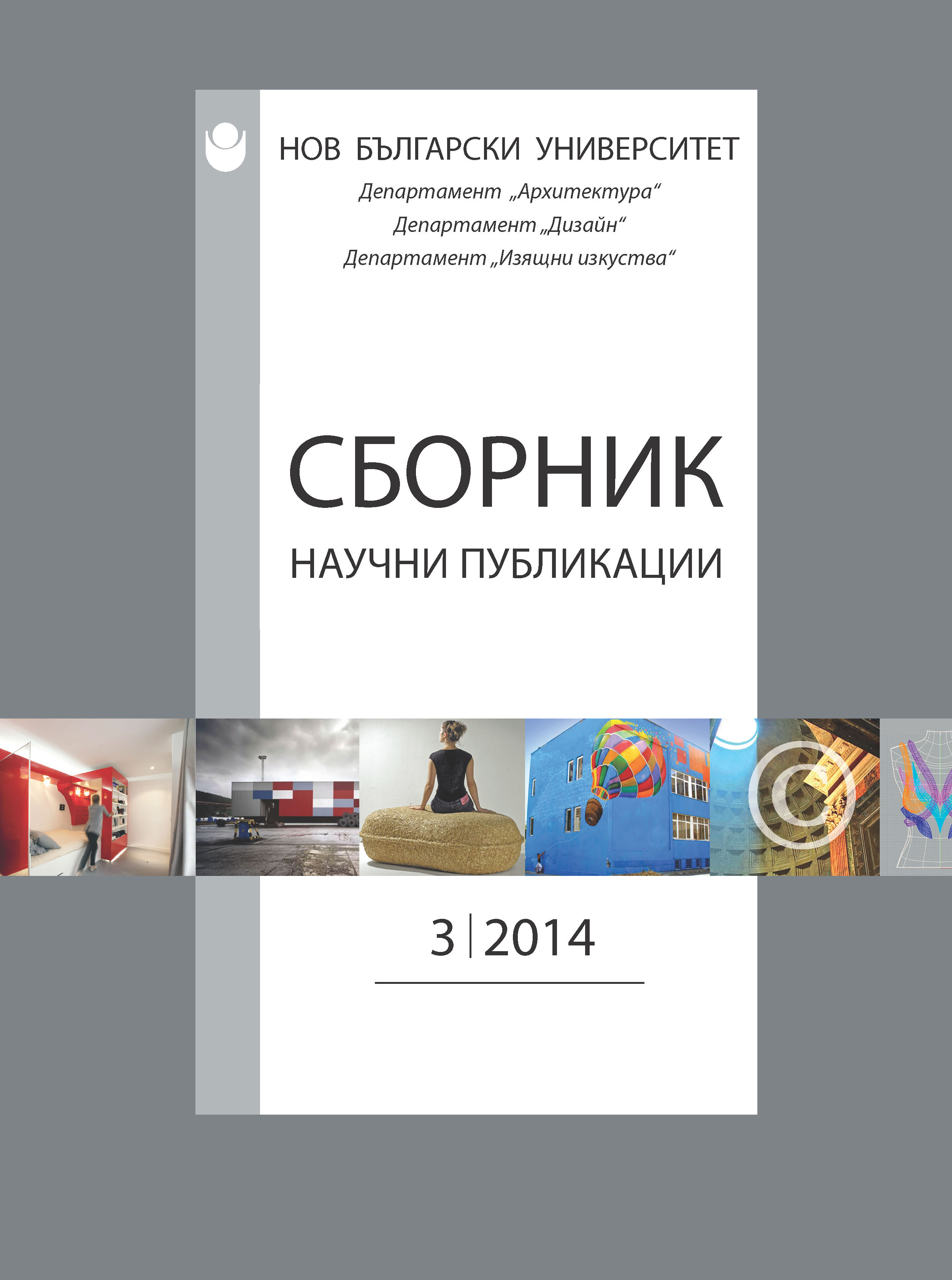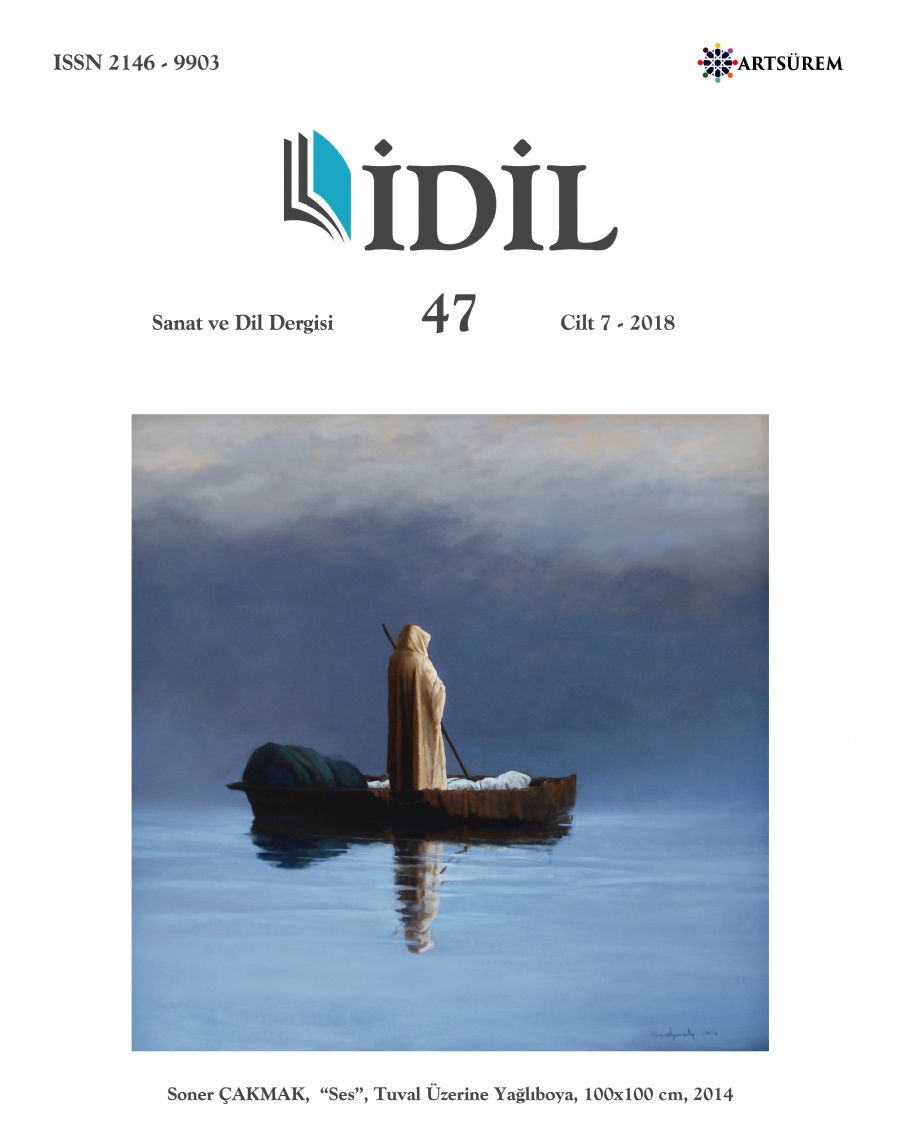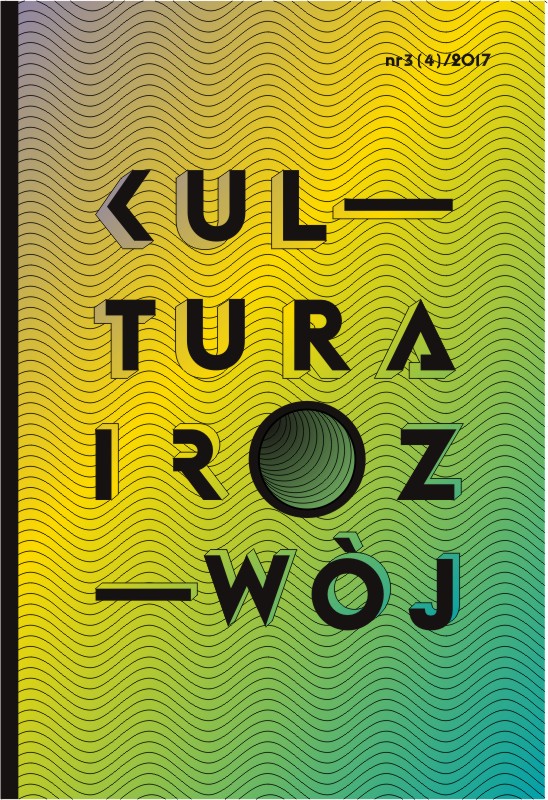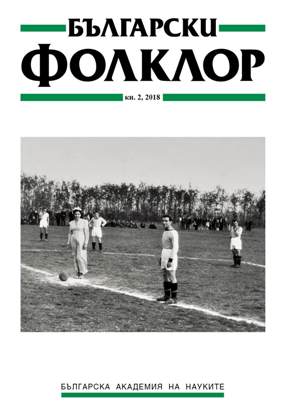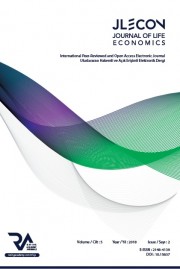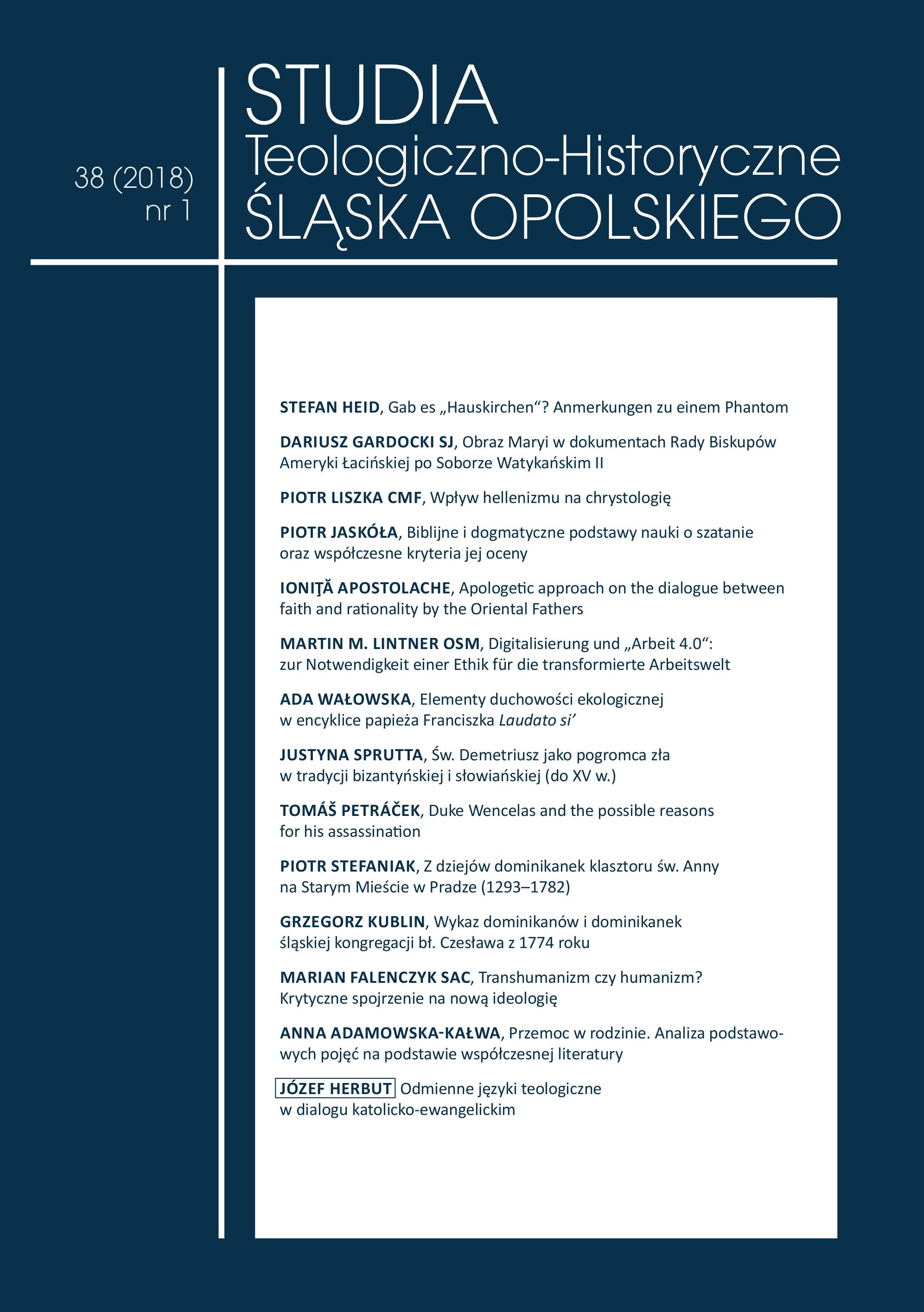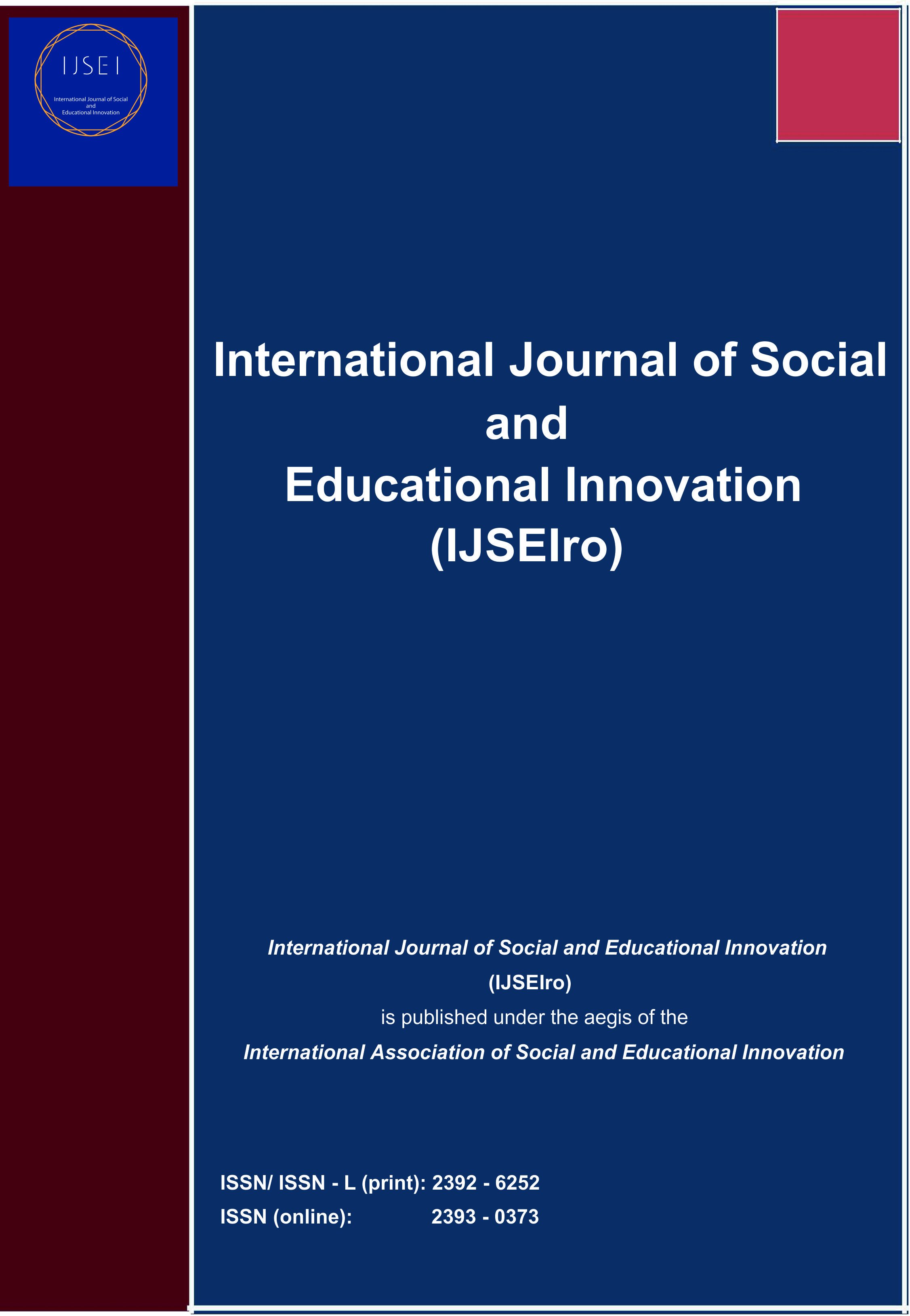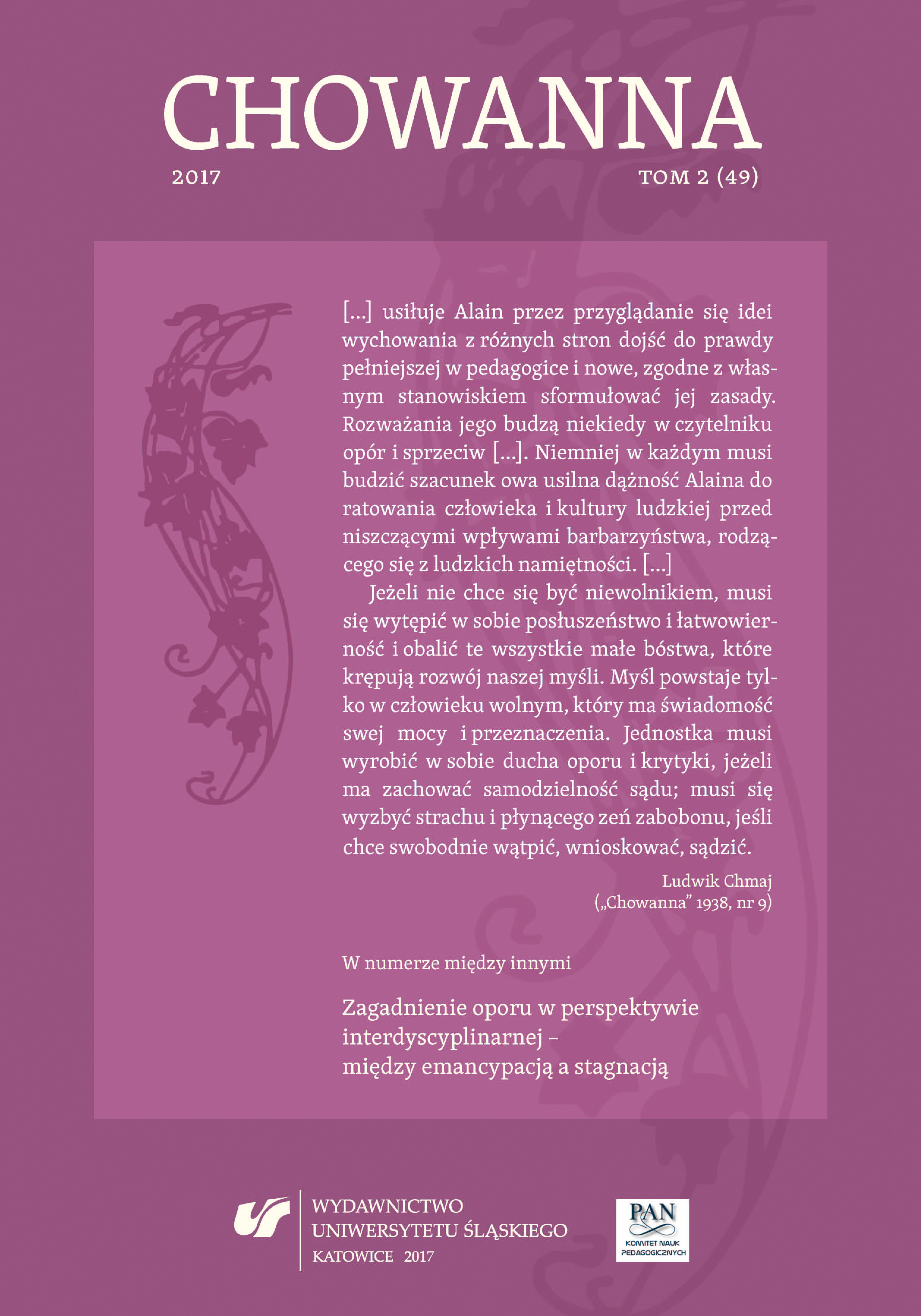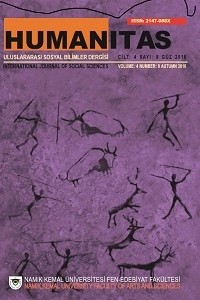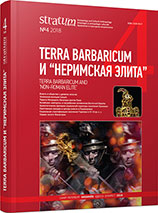
Убор из восточногерманского женского погребения гуннского времени Вранья (провинция Паннония II) как социальный маркер
A female costume from the burial Vranja (province of Pannonia II) is used to examine analogies between the prestigious princely gown and the “ordinary” costume of the Germans of the Middle Danubian region in 400—450s. The women’s garment with small bilamellar fibulae from the Vranja burial is a simplified replica of the “princely” costume with big bilamellar fibulae. The same dress, but, as a rule, incomplete, was also found in other Danubian burials of the Hunnic period, which contained small fibulae. The costume from burials with small fibulae is a “democratic” replica of rich costumes from the privileged Danubian burials of the Great Migration period. Burials with quite complete dresses imitating “princely” costume, such as Vranja, belong to the upper social layer of the “middle class”.
More...
